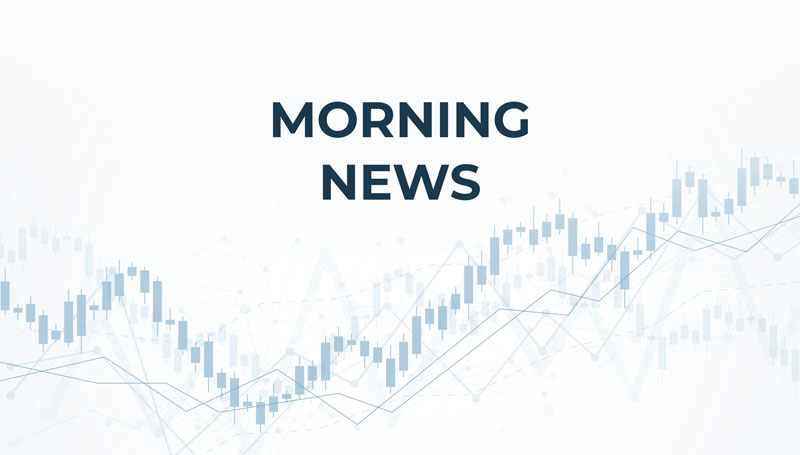
Gold 1857,215
|
EURUSD 1,2159
|
DJIA 30175,50
|
OIL.WTI 47,625
|
DAX 13423,05
|
|---|
The whole history of capitalism is based on “borrowed interest”. The entrepreneur borrows money at interest from the investor, makes money from the product or service, pays back the loan, and everyone stays happy. Both the entrepreneur and the investor. But something has gone wrong this year.
EUR/USD

The coronavirus has only spurred the process of uncontrolled money printing by the world’s central banks. This is presented with the idea that “the economy should grow”, but it is not growing anyway, just money going into the financial and stock market, inflating bubbles.
In the last 10 months the major central banks have printed almost 2 dozen trillion dollars of money (converted to US dollars). This has led to a completely absurd situation. Government bonds of many European countries are selling at negative yields. Of particular note is Portugal, which was recently bailed out by the whole of Europe from bankruptcy.
Saved? Of course not, just flooded it with loan money, drastically reducing interest rates. The last point is important. Portugal could not service its debt at 7% per annum, but it is perfectly capable of doing so at 0% or -0.1%. Doesn’t that make the country potentially bankrupt? All it takes is for rates to go back up and that will happen sooner or later and investors won’t be able to get their money back.
So what happens? Experienced investors now lend money not to get a return, as it has worked for centuries, but to end up with negative returns at best? And at worst, to lose money altogether?
We believe this is the breakdown of the global financial system and a whole new reality. Politicians can mind their own business, but it is critical for traders to understand where this could lead.
We propose 2 completely opposite and quite catastrophic scenarios for investors, with a lag of one year. That is, they could be executed by Q4 2021.
In the first case we will see the US dollar fall by 20-30% to a basket of major world currencies. And an even stronger fall, by the same 20-30% against the US dollar, of the currencies of developing countries.
In the second case, we expect a sharp strengthening of the U.S. dollar and a taking of the 1.0 level for the EUR/USD pair.
What awaits us today?
01.30 Reserve Bank of Australia minutes
03.00 China Retail Sales in November
08.00 UK Unemployment Rate for November
15.15 US Industrial Production for November
Important Notes on This Publication:
The content of this publication is for general information purposes only. In this context, it is neither an individual investment recommendation or advice nor an offer to purchase or sell securities or other financial products. The content in question and all the information contained therein do not in any way replace individual investor- or investment-oriented advice. No reliable forecast or indication for the future is possible with respect to any presentation or information on the present or past performance of the relevant underlying assets. All information and data presented in this publication are based on reliable sources. However, Bernstein Bank does not guarantee that the information and data contained in this publication is up-to-date, correct and complete. Securities traded on the financial markets are subject to price fluctuations. A contract for difference (CFD) is also a financial instrument with leverage effect. Against this backdrop, CFD trading involves a high risk up to the point of total loss and may not be suitable for all investors. Therefore, make sure that you have fully understood all the correlating risks. If necessary, ask for independent advice.
